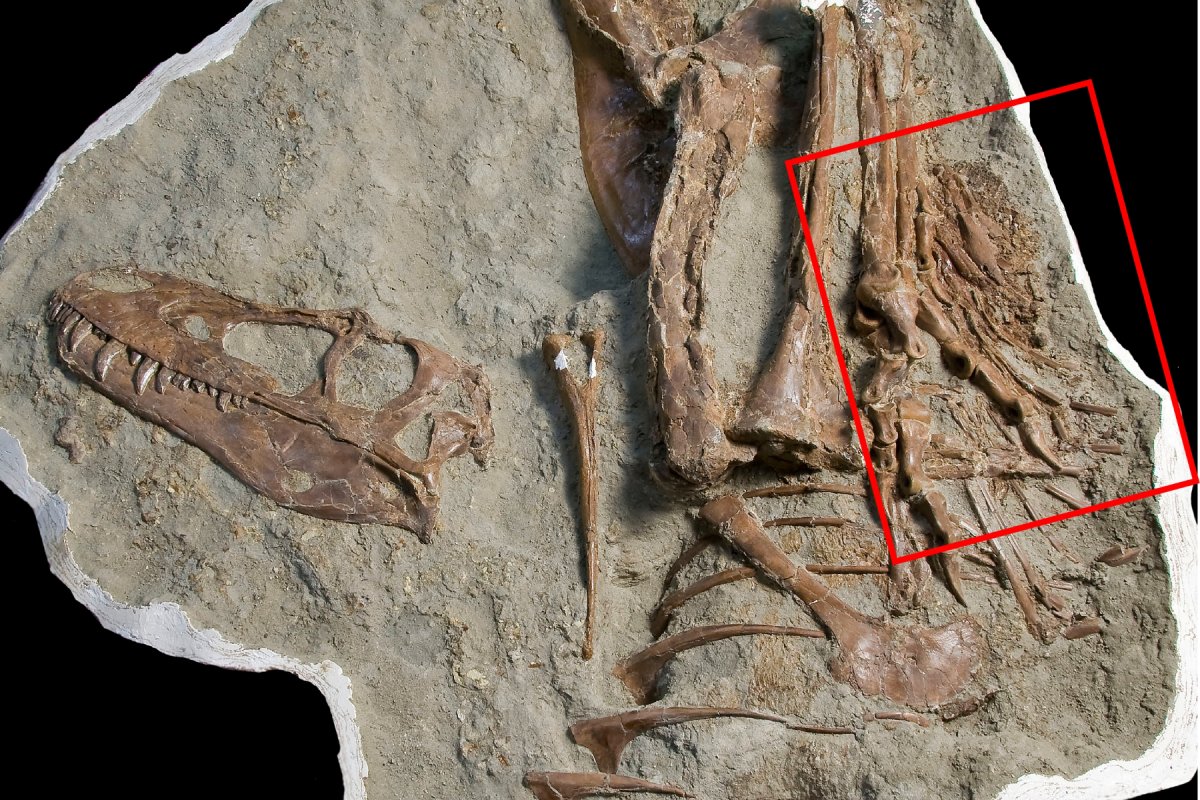Ancient Culinary Insights: Tyrannosaur’s Last Meal Revealed – Baby Dino Drumsticks
In a remarkable paleontological revelation, researchers have uncovered the perfectly preserved last meal of a young Gorgosaurus libratus, a cousin of the iconic T. rex, that walked the Earth approximately 75 million years ago. This discovery, detailed in the journal Science Advances, offers a rare glimpse into the dietary habits of tyrannosaurs, shedding light on their role as top predators during the late Cretaceous period.
The fossil, a young Gorgosaurus weighing about 772 pounds and measuring 13 feet in length at the time of death, contained the hind legs of two baby dinosaurs, identified as Citipes. The findings challenge previous assumptions about the diets of juvenile tyrannosaurs, revealing a preference for smaller prey and a unique culinary habit of consuming only the hind limbs.
Co-lead author Darla Zelenitsky, a paleontologist at the University of Calgary, expressed excitement over the discovery, highlighting its significance in providing concrete evidence of the dietary patterns of large predatory dinosaurs. The young Gorgosaurus, estimated to be between 5 and 7 years old, demonstrated a discerning palate by selectively devouring the drumsticks of its prey.
The fossil represents a crucial piece of the paleontological puzzle, as the stomach contents of dinosaurs are rarely preserved. The findings suggest a changing dietary pattern throughout the life span of tyrannosaurs, with juvenile individuals adopting distinct feeding behaviors compared to their fully grown counterparts.
This revelation not only deepens our understanding of ancient ecosystems but also adds a flavorful chapter to the history of these fearsome predators, portraying them not only as apex hunters but also as selective diners with a penchant for baby dino drumsticks.

